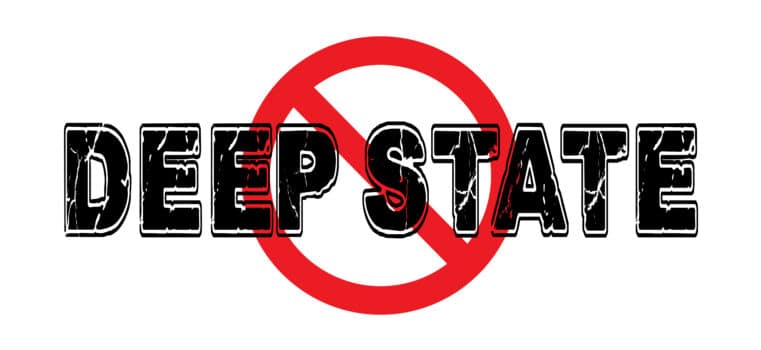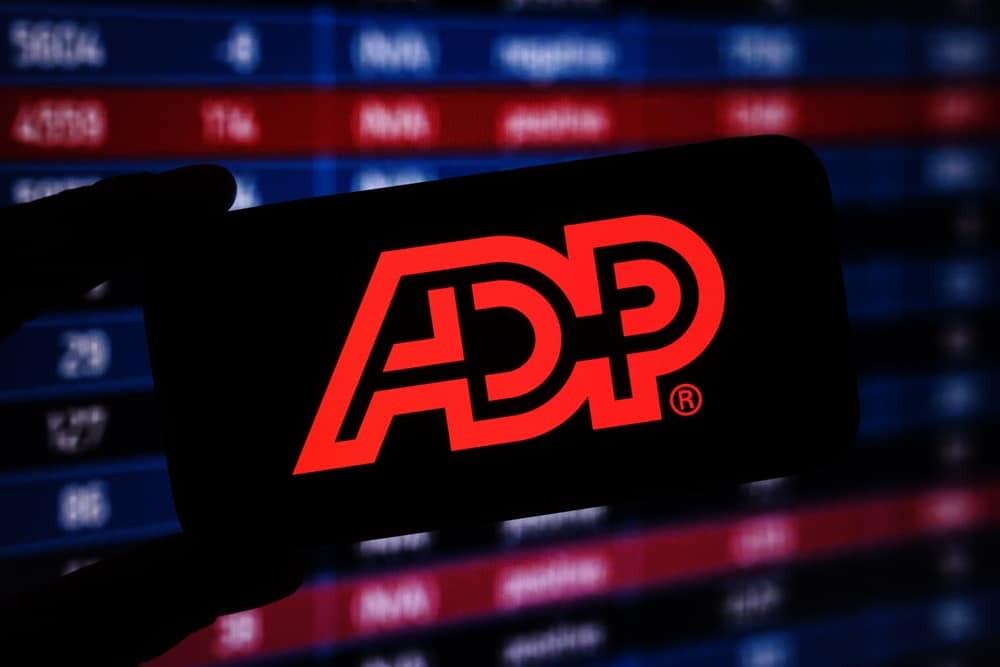
The US Debt Time Bomb is Ticking
We’re all aware of the hazard our economy faces due to the Fed’s efforts in suppressing interest rates for several years.
We’ve also heard all the reasons as to why the Fed took these drastic actions: it helped stimulate the economy; it made it easier for American individuals and businesses to borrow; it encouraged Americans to spend more, under the illusion that this new liquidity somehow made all of us “wealthier.”
That’s what we’ve been told. Do you believe any of it?
Sure, the Fed may have taken these drastic actions to avoid economic catastrophe. That’s the half-truth.
The other half of the truth is that the catastrophe the Fed is attempting to avert is not the one you’re probably thinking about.
Unfortunately, this dreaded catastrophe is something that can no longer be averted. It’s a ticking time bomb.
Want to know what’s going to set it off? It’s the steadily rising interest payments on our national debt.
If you hold any doubts as to how precarious this situation is, then let's do the math.
President Obama’s eight years in office saw our national debt soar from $12.3 trillion to $20 trillion! Meanwhile, interest rates were declining to all-time lows.
Bear in mind that the national debt includes the money that the US government owes to itself.
But we’re also interested in the portion of that debt owed to the public; the interest that the government owes to public bondholders.
When Obama first stepped into office, the public portion of the national debt amounted to around 7.27 trillion. By 2016, that figure nearly doubled, at $14 trillion.
But here’s what’s astonishing about that figure: although the debt rose nearly 100 %, the interest on that debt--in other words, what the government has to pay the public--rose by only 20%! (from $185 billion to $233 billion).
What you should know is that this rise in rates is a complete reversal of our 40-year trend in declining interest rates.
If you want to know what was the average rate on federal debt paid over the past 30 years, it was closer to 5%.
So where are we now? The Congressional Budget Office (CBO) projects that publicly-held debt will reach $17.8 trillion by 2020 (other economists believe that figure to be a bit conservative, believing it will be much higher).
Let’s assume the likelihood that our national debt interest rate will return the historical 30-year average of 5%. If we take the CBO estimate of $17.8 trillion in 2020, we come up with a figure of $891 billion, quite a scary figure.
In the current CBO report, they state: "It also reflects significant growth in interest costs, which are projected to grow more quickly than any other major component of the budget."
Here are the risks:
- The CBO reported that $1.6 trillion was generated from individual income tax revenue in 2017.
- Considering their 2020 projection, more than half of income tax revenue will be earmarked to service the national debt.
- Annual debt payments will greatly exceed our current 2018 national defense budget ($700 billion).
- And it would also exceed our Social Security obligations.
Sure, we’re using 2017 and 2018 figures in our estimates above. Regardless, the proportions may not be that far from our current projects. In fact, they can get worse.
This is a dangerous trend. And it stems from the neglect toward our national debt and the effect of rising rates.
So, as investors, what should you do? Sell your bonds, and diversify your portfolio by investing in gold and silver, two metals that have an advantageously inverse relationship with rising interest rates and the erosive effects of inflation.











